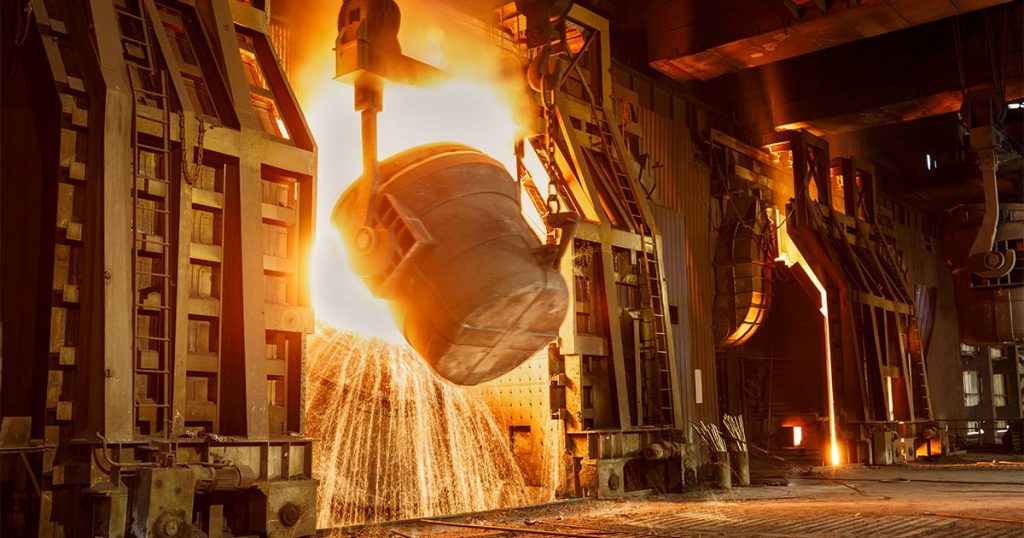Resurgent iron and steel sector eases reliance on imports
THE positive growth of Zimbabwe’s mining sector and improved quality of products from the iron and steel industry is fast pushing demand for local products up and experts commend the trajectory for helping trim imports, an official has said.
Zimbabwe’s mining industry has generated over US$20 billion in export earnings since 2018 buoyed by the growing investments and increased production under the Second Republic.
Gold, lithium and platinum are the main contributors to this growth with the lithium sector, in particular, benefiting from Government strategies. Small to medium scale mining activities are also playing a critical role as they are contributing more than 50 percent of gold delivered to Fidelity Gold Refinery.
Zimbabwe Institute of Foundries (ZIF) chief operations officer, Mr Dosman Mangisi, said due to the El-Nino induced drought, there has been an increase in gold mining activities resulting in an increase in the demand for consumables in the mining sector.
He also said the efforts by the local iron and steel industry to improve the quality of their products has also resulted in consumers opting for locally manufactured products rather than imported products.
“There is appreciation of local products in the country, an increase of about 50 percent, especially in the mining sector,” said Mr Mangisi.
“There has been a high boost of gold activities, which has been linked to drought. Many people in communities have resolved to gold mining and also the efforts by players in improving the quality of grinding like mill ball and hammer mill bitters have improved as compared to those done by foreigners.
“Medium-scale miners are appreciative of this high chromium and manganese material, all those are good hardeners for grinding mills compared to some other companies who just come thinking Zimbabwe is a place they can dump as they do, things of cheaper material.”
Mr Mangisi said many miners have realised there is quality in local products with longer life spans. However, he said a growing demand of local grinding mills will need an improved capacity utilisation, which he said will be possible if companies manage to retool and embrace innovation in their production processes.
“The demand has just gone up by 50 percent in all the mining provinces and some areas like Manicaland does not have a single foundry and they come to as far as Kwekwe in Midlands looking for these grinding spares and steel balls. So, it’s something that we are looking to upgrade,” he said.
“As ZIF, we are also looking into an initiative to establish some merchant shops where we make sure that the grinding mills are closer to the intended recipients, especially in the mining and construction sector.”
Mr Mangisi urged Zimbabweans to support local producers and work with local companies to create employment for the nation by reducing imports.
He said this will also help in growing exports as local companies will become highly competitive in the country.
As the biggest foreign currency earner, the mining sector contributes more to the country’s gross domestic product (GDP).
Under the Government’s US$12 billion mining industry target by 2023, gold was expected to contribute US$4 billion, platinum US$3 billion while chrome, iron, steel diamonds and coal were expected to contribute US$1 billion. The Government expects that by 2030, the mining industry will be generating far more than US$20 billion. — chronicle











